Carol Klein's Plant Odysseys - Season 1
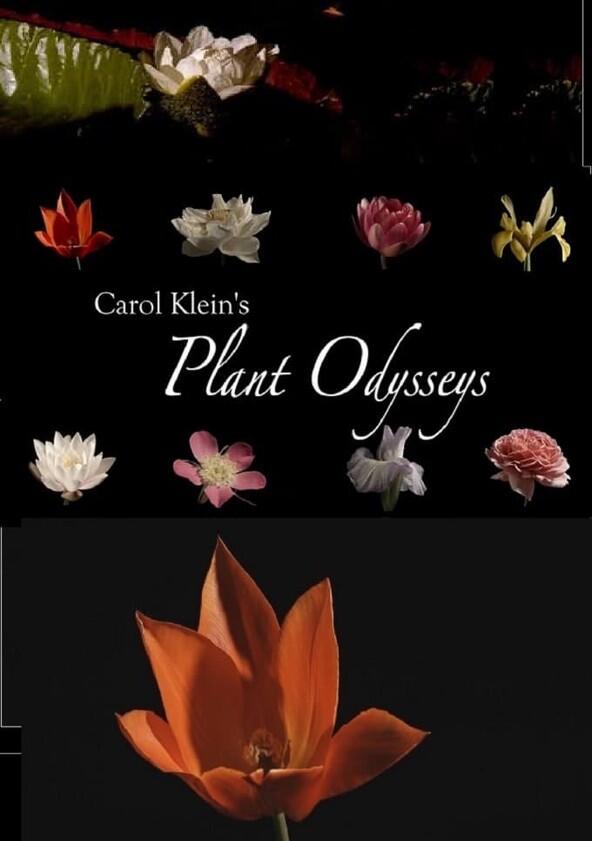
Season 1

Episodes
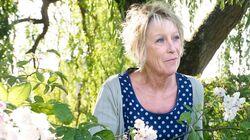
Roses
The first episode looks at the rose. The rose has always meant so much to Britain - it is embedded in our history, our fairy tales and our hearts. Carol goes on a very British plant odyssey. To understand the origins of our most cherished garden flower, we need look no further than the hedgerow. Our native dog rose - Rosa canina - has changed very little in 37 million years. Its prickles, acting like tiny crampons, allow it to climb above other plants and protect them from being eaten. As a second line of defence, they even harbour bacteria to fend off hungry assailants. The Romans adored its simple flowers, but they adored densely-petalled mutations even more and soon began to develop these by taking cuttings.
Roses are loved for their perfume as much as their beauty, but the scent a rose produces is not for our benefit. Professor Geoff Ollerton explains where in the flower the wonderful smells originate and how odour plumes spread in order to entice passing pollinating insects. These aren't the only chemical messages that the rose can broadcast. When under aphid attack, they release an aroma that acts like a distress beacon to summon in ladybirds and other insects for an aphid meal.
The rose has come to be so much more than just a collection of cells and chemical reactions. At Exeter Cathedral, Carol sees what an important symbol it has been to religion, and we discover that a chance meeting in the 18th century between two roses on the Island of Reunion created a whole new class of rose - one that would lead to a passion for breeding the exquisite, voluptuous blooms that we know and love today.
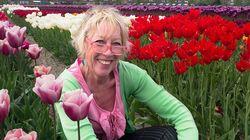
Tulips
There are 6000 delightful varieties of tulips in the world today, with new colours and forms being cultivated every year. Carol Klein's odyssey to uncover the colourful history of this popular flower begins high in the mountains of Eastern Turkey where a species tulip, one of the early ancestors of those we grow in our gardens, can be found flourishing in the harshest of environments; a feat only possible due to its extraordinary evolution. Thermal imaging cameras reveal a small pocket of warm air trapped inside the flower's petals giving visiting pollinators a cosy place to rest their flight muscles.
Back at sea level, Carol visits Istanbul's Rustem Pasha Mosque, richly decorated with painted tulips on every surface, and discovers how in the 15th and 16th centuries, Ottoman sultans, excited by the bright and variable colours of tulips, worked out how to cross-breed them to create ever more extravagant flowers.
The next leg of Carol's odyssey takes her to the place that comes to everyone's mind when thinking of tulips - Holland. At the Frans Hals Museum in Haarlem, Carol is thrilled to be shown a unique hand-painted record of 400 of the most prized specimens of the Dutch tulip era and discovers how the wealthy elite were struck by tulip mania and the economy was almost brought to its knees. 'Broken' tulips became the obsession, but their extraordinary colours and patterns were caused by a virus. Tulip breeder Jan Ligthart shows Carol some similar examples bred today without the virus. It takes many years and much cross-breeding to create something so striking but even though the virus is now under control, one infection remains - our love affair with the tulip.
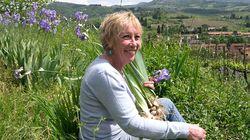
Iris
The third leg of Carol's odyssey takes her on a journey from England to Turkey, to Italy and home again, discovering the intricate biology of the iris flower and its cultural significance to mankind over thousands of years. Carol takes a close-up look into the intimate relationship between bees and irises and, under the guidance of an evolutionary plant biologist, uses an endoscopic camera to reveal how an insect with UV vision sees each iris flower.
Carol travels to mainland Europe, learning of the importance of some iris species in the funeral traditions of Islam and the use of irises in perfume manufacture in Florence. Discover how a 'beard' changed this beautiful flower's fortunes in horticulture, and why such a peculiar adaptation arose. In England, Carol meets with an iris enthusiast rebuilding the famed collection of Cedric Morris. She learns how the famous artwork of this painter extended beyond brush and canvas and into the realms of iris.
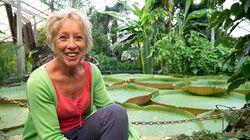
Waterlily
In the fourth and final chapter of the series, Carol Klein takes a look at one of the most recognisable and influential flowers in our world, the waterlily. It is a plant of unlikely economic importance, spiritual significance and artistic inspiration.
She travels to the far east to investigate when and where some of the first flowering plants evolved, and discovers waterlilies are among the earliest branches of angiosperms still around today - practically living fossils. Carol visits the Buddhist temples of South Korea and drinks lotus flower tea with the monks. They revere the lotus, a close relative of the waterlily. Later Carol takes part in a Korean festival held in honour of the lotus.
Back in Europe, she meets one of the world's top experts in waterlily breeding and learns about of one of the most intimate known plant-insect relationships - a dramatic, overnight colour and sex change. Carol joins the waterlily and in its murky aquatic environment to uncover some of this iconic plant's ingenious adaptations, and its unique prehistoric pollinating system.
Recently Updated Shows

Celebrity IOU
Celebrity IOU is a series where Hollywood A-listers express their deep gratitude to the individuals who have had a major impact on their lives by surprising them with big, heartwarming home renovations that bring everyone to tears.

The Gilded Age
The American Gilded Age was a period of immense economic change, of huge fortunes made and lost, and the rise of disparity between old money and new.
Against this backdrop of change, the story begins in 1882 — introducing young Marian Brook, the orphaned daughter of a Union general, who moves into the New York City home of her thoroughly old money aunts Agnes van Rhijn and Ada Brook. Accompanied by Peggy Scott, an accomplished African-American woman, Marian inadvertently becomes enmeshed in a social war between one of her aunts, a scion of the old money set, and her stupendously rich neighbors, a ruthless railroad tycoon and his ambitious wife, George and Bertha Russell.
In this exciting new world that is on the brink of the modern age, will Marian follow the established rules of society, or forge her own path?

The Curse of Oak Island
The Curse of Oak Island documents brothers Rick and Marty Lagina as they pursue their lifelong dream of solving more than a 220-year old Oak Island mystery. For over two centuries, teams of searchers, including Franklin D. Roosevelt, have attempted to crack the code that will unearth the treasure believed to be buried on the small island off the coast of Nova Scotia. Armed with the knowledge of those that came before them, the muscle of heavy machinery and decades of engineering know-how, the Lagina's and their partners may be closer than anyone in history to finding the treasure that has so far claimed the lives of six men.

Wild Cards
Wild Cards follows the unlikely duo of a gruff, sardonic cop and a spirited, clever con woman. Ellis, a demoted detective, has unfortunately spent the last year on the maritime unit, while Max has been living a transient life elaborately scamming everyone she meets. But when Max gets arrested and ends up helping Ellis solve a local crime, the two are offered the opportunity to redeem themselves, with Ellis going back to detective and Max staying out of jail. The catch? They have to work together, with each using their unique skills to solve crimes. For Ellis, that means hard-boiled shoe leather police work; for Max, it means accents, schemes and generally befriending everyone in sight, while driving Ellis absolutely nuts. Against the backdrop of beautiful Vancouver — with all its unique, charming, and even contradictory neighbourhoods and subcultures — the two will have to learn what it means to trust another person and maybe actually become partners.
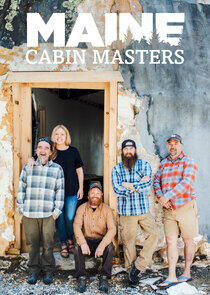
Maine Cabin Masters
In Maine Cabin Masters, builder Chase Morrill is teaming up with his sister, brother-in-law and best friend to save and transform abandoned cabins buried deep in the remote woods of Maine. From historic cottages nearly a century old, to camp cabins in need of some major TLC, they'll give these properties the facelift they've needed for decades. And, you never know what you might find when you go for a walk in the woods.